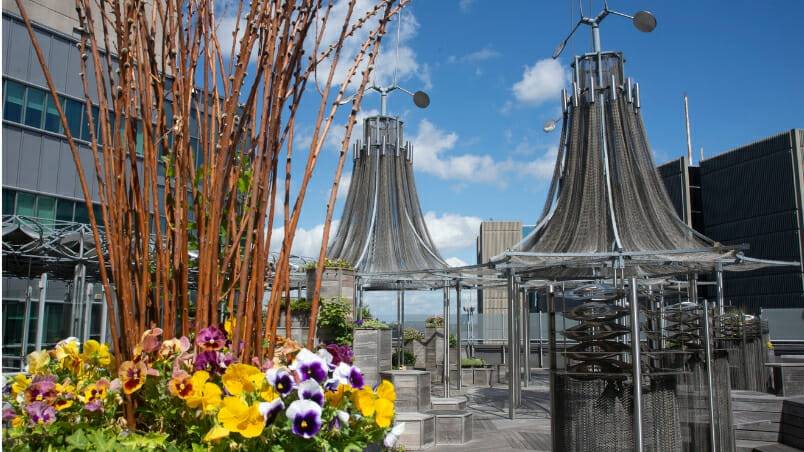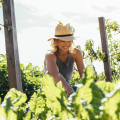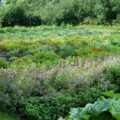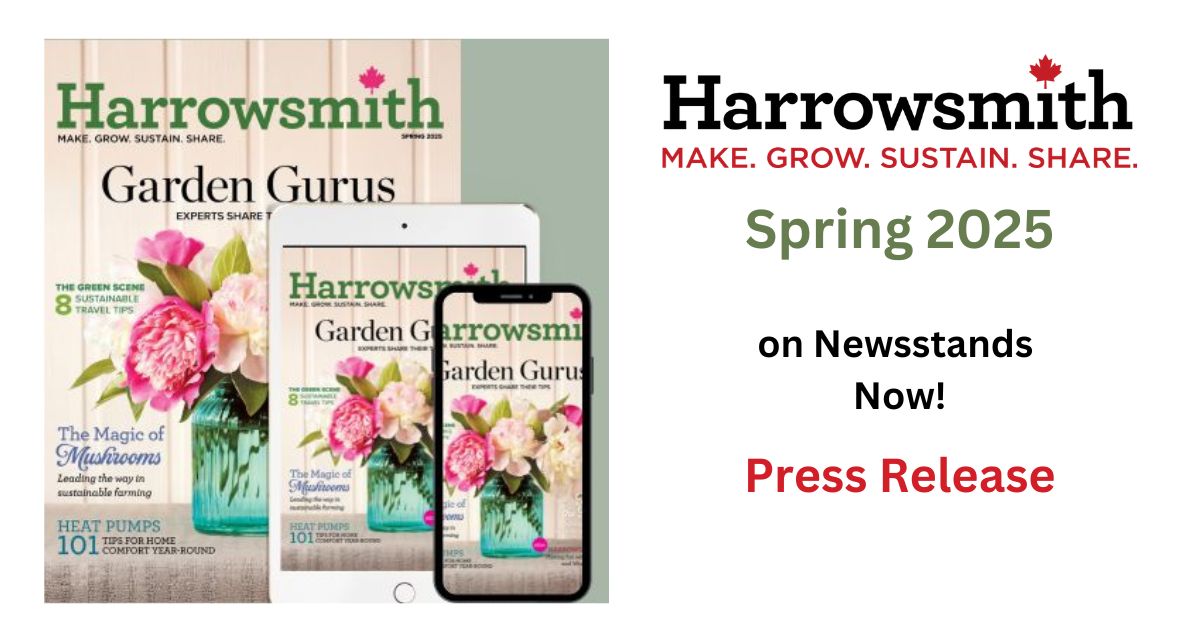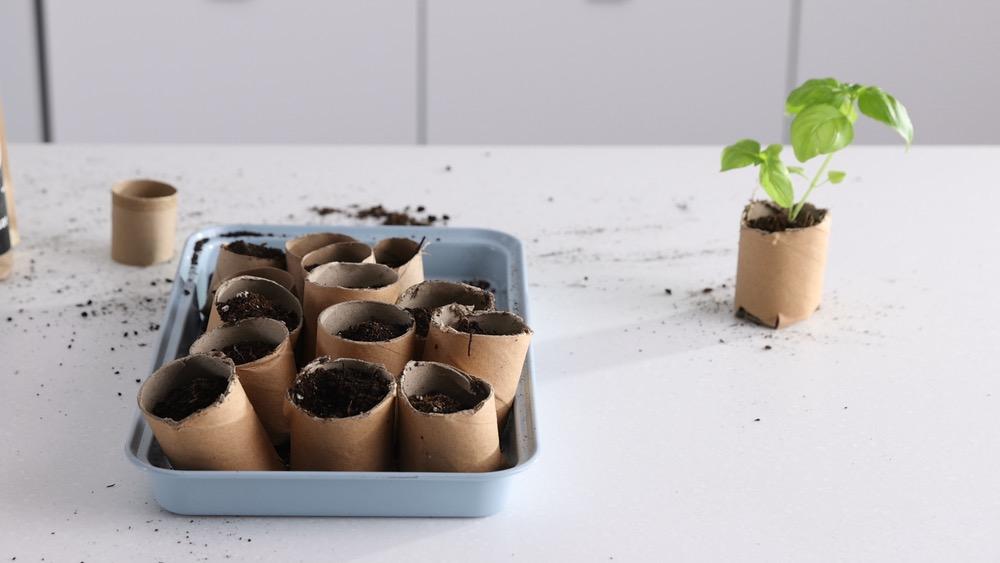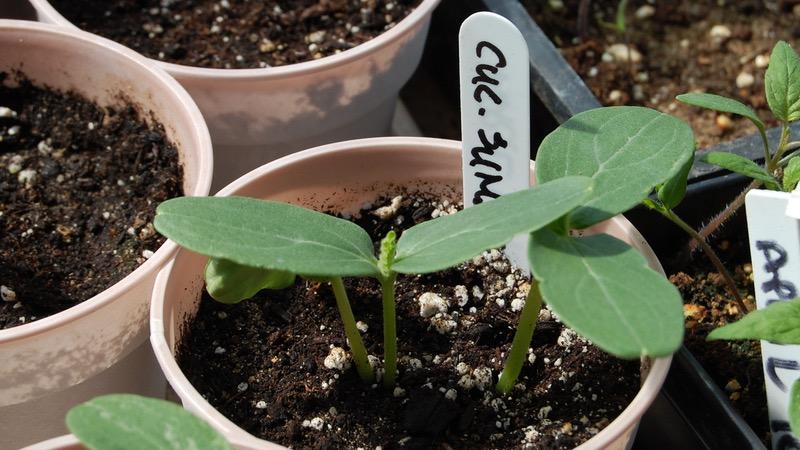In 2016, Paul Eisener’s life was turned upside down by a blood cancer diagnosis. A Program Manager for an automotive supplier His life quickly shifted from a hectic work schedule and frequent travel throughout Ontario, the U.S. and Mexico to blood tests, oncologists and cancer clinics. Facing an uncertain future and struggling with debilitating fatigue caused by daily oral chemotherapy medication, he found peace in the one place that soothed the anxiety of an uncertain future: his garden.

“In that first year with cancer, the garden was my safe place,” he says. “I was always tired, in a little bit of pain and dealing with side effects while getting used to my medication. It was a place I could go, work and not think about my illness.”

Eisener, who lives in Barrie, Ontario with his partner Heather and their pug Millie, has had an interest in gardening since he was a child, working with his grandfather who was a produce farmer in Cole Harbour, Nova Scotia. It was love at first plant, inspiring a decades-long love of getting his hands dirty and making things grow. Little did he know just how important this hobby would become as he struggled to stay emotionally healthy and resilient while managing a life-threatening disease.
“Being outside in the fresh air and sunshine and getting dirty is pretty awesome, and it helped me mentally and emotionally during this time,” he says.
It’s a feeling that Mitchell Hewson knows well. In fact, he has made harnessing nature-inspired wellness his life’s work.

As the first Registered Horticultural Therapist to practice in Canada, Hewson is personally responsible for introducing nature as a healing tool to hundreds of Canadians struggling with life-altering conditions such as post-traumatic stress, anxiety, dementia, addiction and others. He started the first horticultural therapy program in 1974 at the Homewood Health Center in Guelph, Ontario. Today the centre is one of the largest mental health and addiction facilities in Canada and is home to a conservatory greenhouse and 47 acres of garden and wooded areas where patients can plant seedlings, care for houseplants or create floral arrangements as part of their therapy.
“Nature is spiritual,” says the 68-year-old. “Not in a religious way, but in a healing way. When used as a therapy, it becomes an important treatment tool for rehabilitation by teaching new skills, and also by increasing hope and a sense of wellness through engaging in the natural world.”
This understanding of the important role that nature plays in healing has given rise to the creation of what are being called “healing gardens” at hospitals and other care facilities across Canada. The Max Tanenbaum Garden on the 16th floor of Toronto’s Princess Margaret Hospital is just one such garden of healing, an initiative largely informed by insights from Hewson.

Designed to be a place of respite for people undergoing treatment for cancer and their families, the garden breathes under an open sky, offering a quiet view of the busy city bustling below amid bright flowers and vibrant greenery. The many benches and tables match the hexagon shape of the wood floor, with plenty of space in between to accommodate wheelchairs and hospital beds. For those who are unable to go outside, there’s the enclosed Max Tanenbaum Healing Garden on the 14th floor, which is visible from the surrounding inpatient rooms.
“Nature teaches us about hope and renewal,” says Hewson. “There’s a plethora of things that nature does that chemo can’t. It’s about nurturing the spirit.”
Dr. Gary Rodin agrees. As Princess Margaret’s head of Supportive Care, Rodin has long understood the connection between nature and emotional and physical wellbeing, especially when it comes to cancer.
“We know that the patient and caregiver experience can get lost as we focus on treatments and helping someone get better,” he says. “Your life becomes the cancer. You lose humanity.”

Rodin says a simple walk through the rooftop garden, or the opportunity to gaze upon the healing garden while you lie in bed have the unique restorative power that can take a person out of the cancer experience for a moment and remind them of living.
“Nature is especially powerful for those who are acutely ill,” he says. “To feel the sun or a gentle breeze makes you feel alive. These things are a reminder to patients of the human aspects of themselves and their connection to the world, to life and to living.”
It has been two and a half years since Eisener’s diagnosis and although his health is stable and he has returned to work at a less hectic pace, there are still moments of anxiety and worry about his future. In times like these, he heads outside.
 “The emotional benefits from gardening are truly amazing,” he says. “My garden is still my safe place. It’s my own little place of Zen.”
“The emotional benefits from gardening are truly amazing,” he says. “My garden is still my safe place. It’s my own little place of Zen.”
Emotional rescue:
Mitchel Hewson, registered horticultural therapist, shares his suggestions on pairing plants with emotions
Anxiety = Basil, chamomile and roses
Fatigue and energy levels = Grapefruit, orange, jasmine
Depression = Lavender, sage and chamomile
Hopelessness = Dwarf orange tree (also known as Calamondin Orange)
